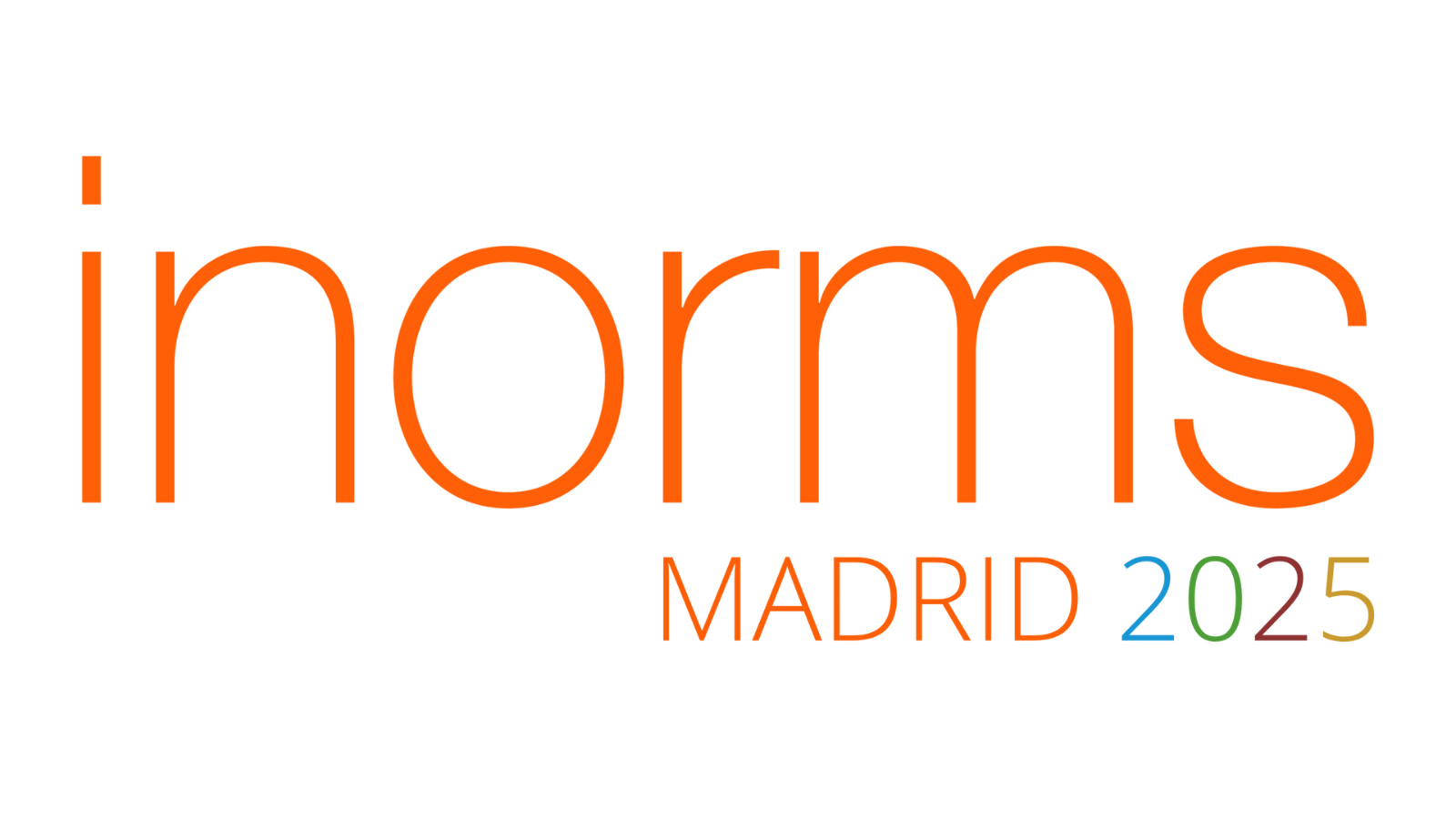Boosting Female Leadership in University Tech
Addressing the Gender Gap: Increasing Female Leadership and Competitiveness in University Technology Development
Conference
Format: Fifteen-Minute Discussion Tables
Topic: 9. Responsibility, Ethics, and Equity, Diversity and Inclusion (EDI) in Research and Innovation
Abstract
The University of Los Andes in Chile, recognizing gender disparity with 65% male-led market- research technologies, implemented in 2020 a positive discrimination policy for female researchers leading internal projects. This initiative raised female leadership from 28% to 45%, sustained for 3 years
In 2019, the University of the Andes had 28% female leadership in its technology portfolio, a figure significantly lower than the 45% representation of female professors at the institution. To promote a shift towards more inclusive technological development, the Innovation Directorate implemented a positive discrimination system within its funding program for projects led by female scientists. Although these are small projects, with funding of 5000 euros, they often serve as a stepping stone to secure additional public funding.
Thanks to this initiative, in three years, female leadership in the technology portfolio increased to 45%. However, these projects led by women are still in the early stages of technological maturity (TRL 3-4). Additionally, when analyzing the return on investment in additional or external funding, a significant difference is observed: women have a return of 5.73, while men achieve 11.97.
This presentation will explore the reasons behind this lower female competitiveness. Several factors are identified, such as fewer applications for funding opportunities, potential biases in non-blind reviews, less training in applied science and technology transfer, as well as less experience, lower availability of time, lack of mentorship and role models, and self-perception of efficacy. Additionally, in those technologies that manage to mature, women tend to form more diverse teams in terms of gender and profession, in contrast to the more homogeneous teams of their male colleagues.
Based on the data collected, gender-based analysis has begun, and a training program in negotiation and technology transfer exclusively for women has been launched. This program aims to develop the necessary skills to improve applications for external competitive funds and close the competitiveness gap.

